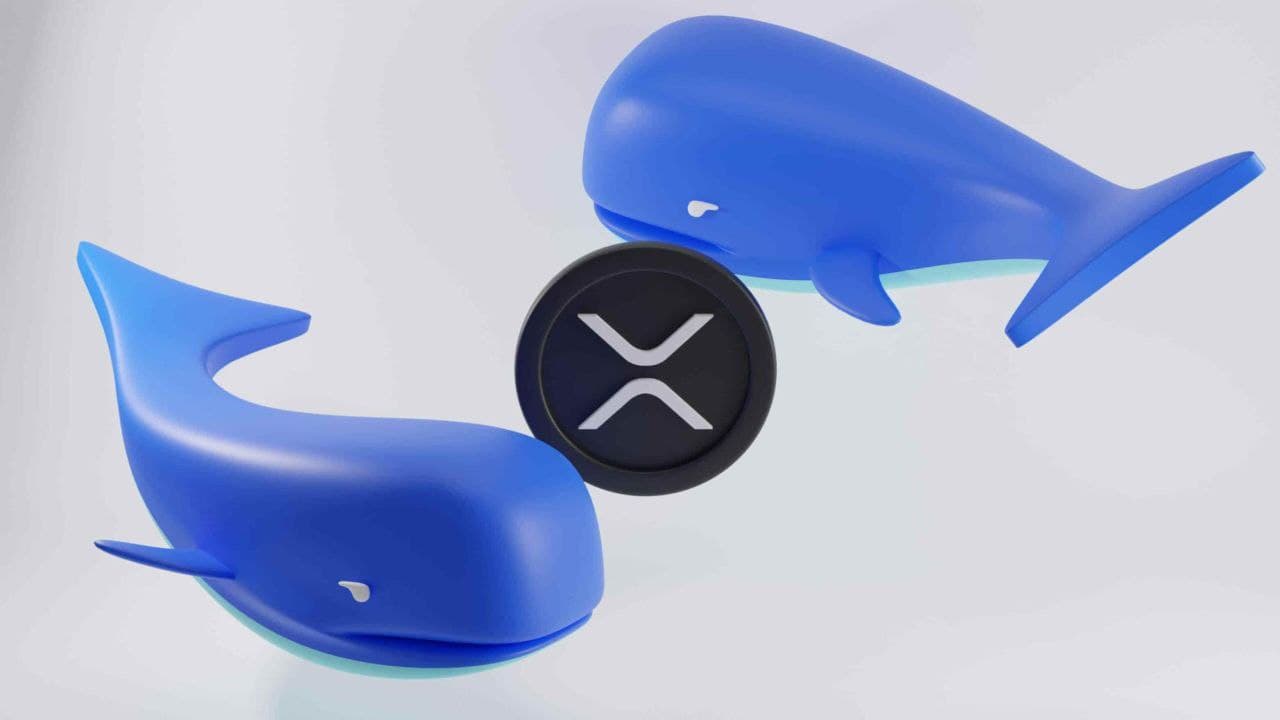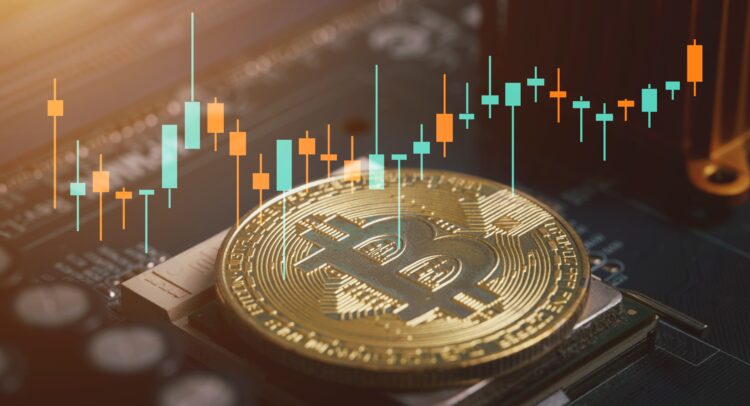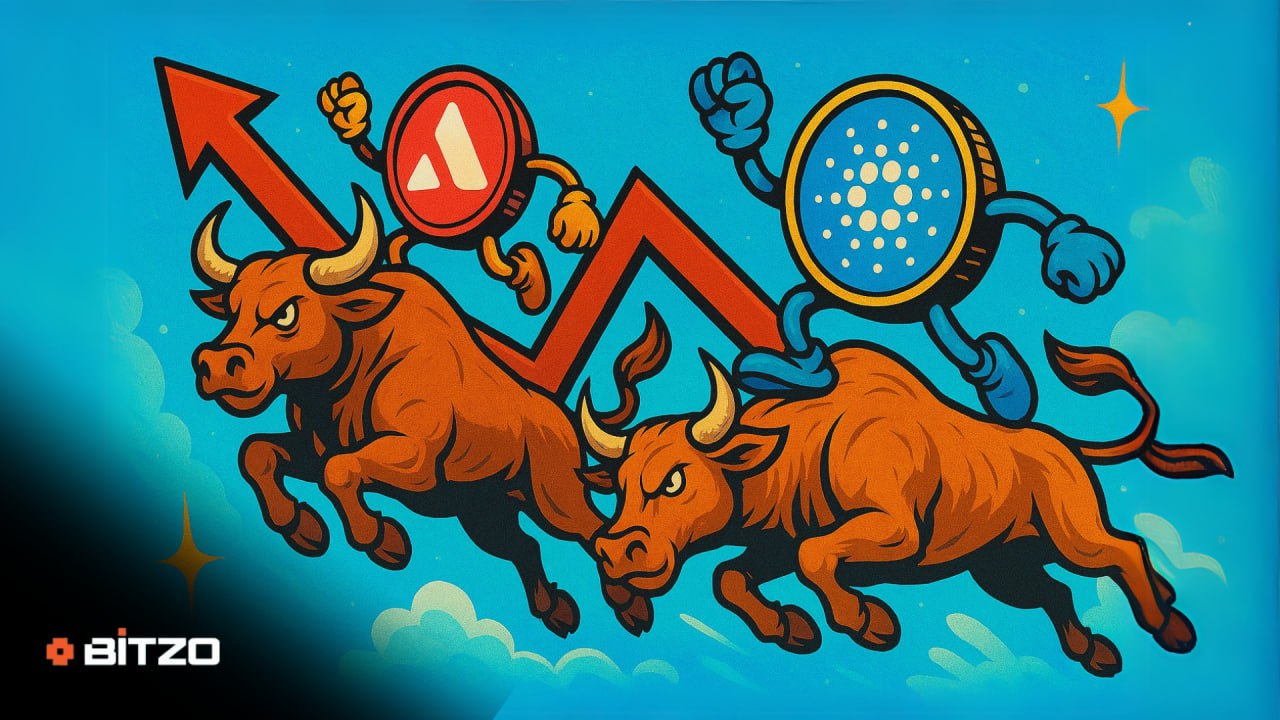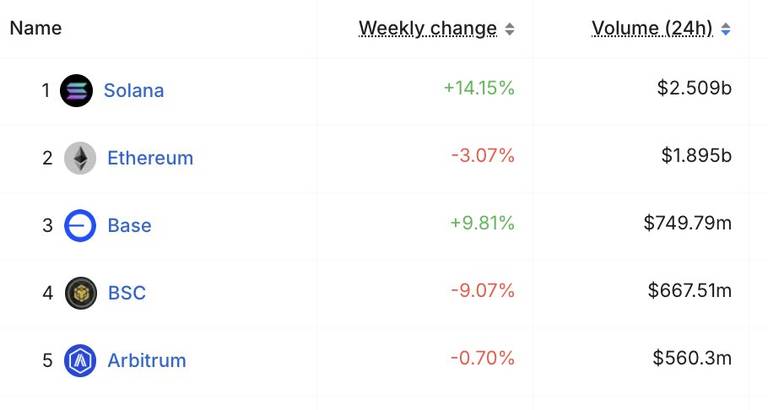
Ripple’s native token has staged a notable rebound from the crucial $1.7 support level, signaling renewed buying interest. However, the price is now approaching a key resistance zone, where a breakout could trigger a bullish retracement toward the 100-day moving average at $2.5. XRP Analysis By Shayan The Daily Chart XRP managed to rebound from the crucial $1.7 support region, which aligns with the 200-day moving average and the 0.5–0.618 Fibonacci retracement range. This confluence of support levels has triggered increased buying activity, temporarily halting the downtrend. Additionally, a bullish divergence between the price and the RSI suggests waning bearish momentum, increasing the likelihood of a potential trend reversal. Despite the rebound, XRP remains trapped between the 100-day and 200-day moving averages, pointing toward a consolidation phase. Notably, the 100-day MA at $2.5 coincides with the upper boundary of a prolonged descending wedge pattern. A breakout above this level could confirm a bullish shift and initiate a fresh upward leg toward higher resistance zones. The 4-Hour Chart On the lower timeframe, Ripple has invalidated a bearish breakout from the expanding wedge, reclaiming the pattern’s lower boundary in what appears to be a bear trap. This price action has attracted notable buying pressure, leading to a surge toward the critical $2.2 resistance, XRP’s previous swing high. A confirmed breakout above $2.2 would result in a higher high and potentially signal a bullish market structure shift, paving the way for a rally toward the $2.5 resistance. However, if Ripple fails to surpass this key pivot, a retracement back to the $1.7 support zone remains a likely scenario. The post Ripple Price Analysis: XRP’s Outlook Following Rebound at $1.70 appeared first on CryptoPotato .
Crypto Potato
You can visit the page to read the article.
Source: Crypto Potato
Disclaimer: The opinion expressed here is not investment advice – it is provided for informational purposes only. It does not necessarily reflect the opinion of BitMaden. Every investment and all trading involves risk, so you should always perform your own research prior to making decisions. We do not recommend investing money you cannot afford to lose.
XRP whale just moved over $60m amid ETF hype

XRP has recorded a notable large transaction after an unidentified whale moved 29.5 million tokens, worth approximately $63.8 million, to cryptocurrency exchange Coinbase . On-chain analysts often interpret such large transfers to exchanges as a bearish signal since they typically suggest the holder may be preparing to sell. Large inflows to centralized exchanges can increase short-term selling pressure, which may negatively impact prices. The April 15 transaction comes amid growing hype around a potential spot XRP exchange-traded fund ( ETF ) approval. XRP whale transfer to Coinbase. Source: Whale Alert XRP ETF hype Data indicates that XRP has taken the lead in the race for a spot cryptocurrency ETF. The token currently has at least 10 active ETF filings, more than any other altcoin, including Solana, Litecoin, and Dogecoin. Among the names of XRP ETF applications are Bitwise, ProShares, Grayscale, WisdomTree, Franklin Templeton, and Hashdex. Live crypto ETF applications. Source: Kaiko The flurry of filings marks a key milestone for XRP, which will likely attract institutional capital if approved by the SEC. The regulator has until mid-October to decide on the product. Notably, the odds of such a product being approved have received a major boost as the long-standing SEC vs. Ripple case nears its conclusion . Meanwhile, Teucrium recently boosted XRP’s liquidity by launching a 2x leveraged XRP ETF , which tracks European ETPs and swaps to deliver twice XRP’s daily returns. It became Teucrium’s top-performing fund, trading over $5 million on launch day, adding crucial momentum to XRP’s push for U.S. spot ETF approval. XRP price analysis As of press time, XRP was trading at $2.13, gaining about 0.6% in the last 24 hours. Over the past week, the token has rallied more than 12%. XRP seven-day price chart. Source: Finbold XRP’s price is currently caught between a short-term bearish bias, trading below its 50-day simple moving average ( SMA ), and a long-term bullish structure, holding above its 200-day SMA. Combined with neutral market sentiment, suggesting the asset may see sideways or slightly downward movement unless new bullish catalysts, such as ETF news, emerge to reignite momentum. Featured image via Shutterstock The post XRP whale just moved over $60m amid ETF hype appeared first on Finbold . Crypto Potato

Struggle for Stablecoin Dominance Set to Enter Third Round, Fireblocks Says
The competition for stablecoin dominance is entering a third phase and companies such as Tether, issuer of the largest token, and Circle, the No. 2, are setting up their positions as the industry faces increased regulation in the form of the European Union’s Markets in Crypto Assets (MiCA) regime and U.S. legislation that is working its way through Congress, according to digital asset cryptography and custody specialists Fireblocks. This latest stage will feature banks, large and small, as well as incumbent payment firms that are weighing up the best way to integrate the tokens into their existing businesses, according to Ran Goldi, SVP of payments at Fireblocks. Stablecoins , blockchain-based tokens that mimic U.S. dollars for the most part, have become big business. Tether`s USDT is the clear leader, with a market cap close to $145 billion . Circle`s USDC has over $60 billion in circulation and the company is considering a public listing on the New York Stock Exchange. The stablecoin market could grow to $2 trillion by the end of 2028 , Standard Chartered said in a Tuesday note. “We are going to see banks issuing stablecoins, as they are under MiCA,” Goldi said in an interview. “You are seeing financial institutions that are fintechs entering such as Robinhood, Ripple and Revolut. By the end of this year, you are going to see maybe 50 more stablecoins. The industry has already passed through two stages, Goldi said. The first occurred when USDC went up against U.S. regulated trading firm Paxos, which had partnered with crypto exchange Binance to issue BUSD. For regulatory reasons Paxos had to drop BUSD and so Circle won that round, Goldi said, adding that Paxos’ new USDG consortium is growing in stature and likely to play a major role in the future. The second stage was between Circle and Tether. “USDC was trying to be bigger than USDT, but then USDC tumbled a bit with the collapse of Silicon Valley Bank etc. It was harder for people to accept that product, especially people outside the U.S. Meanwhile USDT has really grown tremendously. I think USDT will remain the dominant dollar stablecoin outside of the U.S. I believe Circle will have to put up a really good fight, which they’ve done in the past and are very good at doing.” It`s worth noting, though, that USDC is licensed under MiCA, giving it access to 27 EU nations with a total population of about 450 million people. USDT is not. Growth in international payments Stablecoins grew to prominence as an essential way of moving money between volatile cryptocurrencies, meeting a particular need given the industry’s shortage of fiat on and off ramps. Dollar-pegged coins of various sorts blossomed further with the explosion of decentralized finance (DeFi). Looking further back, the early days of crypto show an evolution of payment service providers (PSPs), starting with those who wanted to use cryptocurrencies to settle their bills. This was followed by a second wave of business-to-business PSPs like Bridge, recently acquired by Stripe , and Zero Hash , Alfred Pay, Conduit and others. “Some of these PSPs are firms you may not have heard much about, but they are actually moving billions in stablecoins, servicing businesses to pay to other businesses most of the time,” Goldi said. He pointed out that less than 20% of Fireblocks’ total transaction volume was stablecoins in 2020, increasing to some 54% last year. For a typical use case, consider an importer in Brazil that wants to bring in a container and pay someone in Turkey or in Singapore. It takes the Brazilian reals, converts them to a stablecoin, and either sends the funds directly to the exporter or changes them to the destination currency and pays with that, Goldi said. Some banks have already caught on to the cross-border payments use case, with the likes of Braza Bank in Brazil, BTG Bank and DBS in Singapore catering to business clients with accounts that support stablecoins. Others are still weighing the best use case for them. “We have been approached by dozens of banks,” Goldi said. “They are asking whether they should be on/off ramps, or holding reserves, or perhaps they are thinking about issuing a stablecoin. There are several things banks can do to make money out of stablecoins, from credit to on/off ramps to FX.” Based on those conversations, Goldi said he believes most of the banks are writing strategic plans that will probably be submitted by the end of this quarter. “It will be interesting to see if banks build something on their own, or use BNY Mellon, for instance, that serves banks, or a vendor like Fireblocks. I think the large tier-1 banks like JPMorgan, Citi and Morgan Stanley will build their own tech, while the tier-2 banks will want to use some hosted tech provider,” Goldi said. “Of course they are banks and they move slowly, so I think they would be looking to approve those plans by the end of this year and perhaps do something in 2026. Crypto Potato











